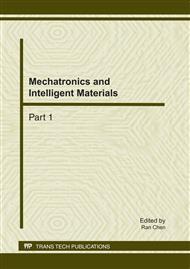p.988
p.993
p.998
p.1002
p.1007
p.1012
p.1016
p.1021
p.1027
Modeling and Analysis of Crash Pulse of Vehicle Body Based on Tipped Equivalent Square Wave Method
Abstract:
Crash pulse is an important parameter that can directly reflect the process of vehicle crash. And it is found that there exists an interrelationship between crash pulses and injuries of occupants. In this paper, a method of crash pulse modeling named TESW was adopted to simplify the real crash pulse with several characteristic parameters and then 37 groups characteristic parameters were obtained from 37 crash pulses of full-scale frontal tests, subsequently correlation analysis of crash pulse of body and injury of occupant were performed. And several rules that how these characteristic parameters correlate injuries of occupants were summarized.
Info:
Periodical:
Pages:
1007-1011
Citation:
Online since:
February 2011
Authors:
Keywords:
Price:
Сopyright:
© 2011 Trans Tech Publications Ltd. All Rights Reserved
Share:
Citation:


